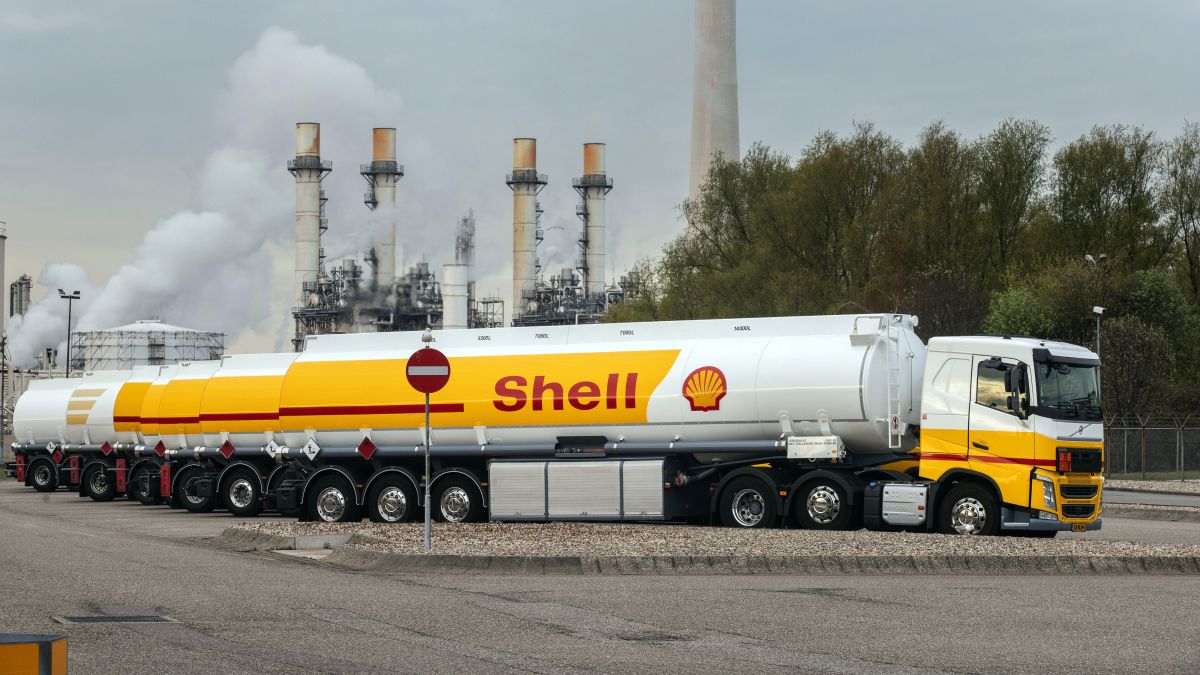
As the COP30 climate talks take place in Brazil, the Political Economy Research Institute of the University of Massachusetts Amherst has just published its latest list of the corporations that contribute the most to the global warming crisis in the United States. Unfortunately, PERI warns that this version of the Greenhouse 100 Polluters Index may be its last.
That is because the Trump Administration, as part of its effort to dismiss the climate crisis as a hoax, has suspended the EPA’s Greenhouse Gas Reporting Program. Since 2018 PERI has collected facility data reported under the program and linked it to corporate owners in preparing its rankings of the biggest emitters.
This year’s index once again finds fossil-fuel based utilities, petrochemical producers, and petroleum refiners dominating the list. PERI points out that the top three companies (see below) are responsible for nearly 4 percent of U.S. greenhouse gas emissions from all sources.
It should come as no surprise that many of the top emitters also feature prominently on the Violation Tracker (VT) database of companies that have paid the most in regulatory penalties.
Yet that is not because they have been penalized significantly for their climate sins. Even before Trump 2.0, environmental regulations in the U.S. have largely ignored greenhouse gas levels. The companies at the top of the PERI list have, instead, been fined for other environmental offenses.
Vistra Energy, which tops the PERI rankings with over 86 million metric tons of annual CO2 emissions, has a total of $525 million in environmental penalties documented in VT. Most of that comes from a Clean Air Act settlement its power generation subsidiary Dynegy signed with the U.S. Justice Department, the EPA, and the State of Illinois designed to reduce emissions of sulfur dioxide and nitrogen oxides from power plants. PERI’s data shows that Vistra’s plants are emitting large levels of greenhouse gases in Illinois and elsewhere.
Number two on the PERI list is utility giant Southern Company, whose operations account for about 76 million metric tons of CO2 each year. Southern’s VT environmental penalty total is $207 million. Most of this comes from a settlement its subsidiary Alabama Power reached with the DOJ and the EPA also involving reductions in sulfur dioxide and nitrogen oxides. That settlement dealt with emissions from the James H. Miller Jr. plant, which PERI shows accounts for the largest portion of Southern Company CO2 emissions, at over 16 million metric tons. That makes it one of the largest greenhouse gas sources in the country.
Third in the PERI ranking is another utility behemoth, Duke Energy, which accounts for about 73 million metric tons of CO2 emissions. Duke Energy’s VT environmental total is $2.5 billion. That figure reflects both air pollution and water pollution penalties. The latter includes a case in which three Duke subsidiaries pleaded guilty to nine criminal violations of the Clean Water Act at several of its North Carolina facilities and agreed to pay a $68 million criminal fine and spend $34 million on environmental projects and land conservation. Four of the charges were the direct result of the massive coal ash spill from the Dan River steam station.
The same pattern is seen in other top emitters on the PERI ranking, such as American Electric Power ($4.7 billion in environmental penalties) and Exxon Mobil ($2.2 billion).
Greenhouse gas pollution and “traditional” pollution go hand in hand. No amount of climate denialism or suppression of emissions data can hide the fact that the big fossil fuel companies remain a danger to the planet.





